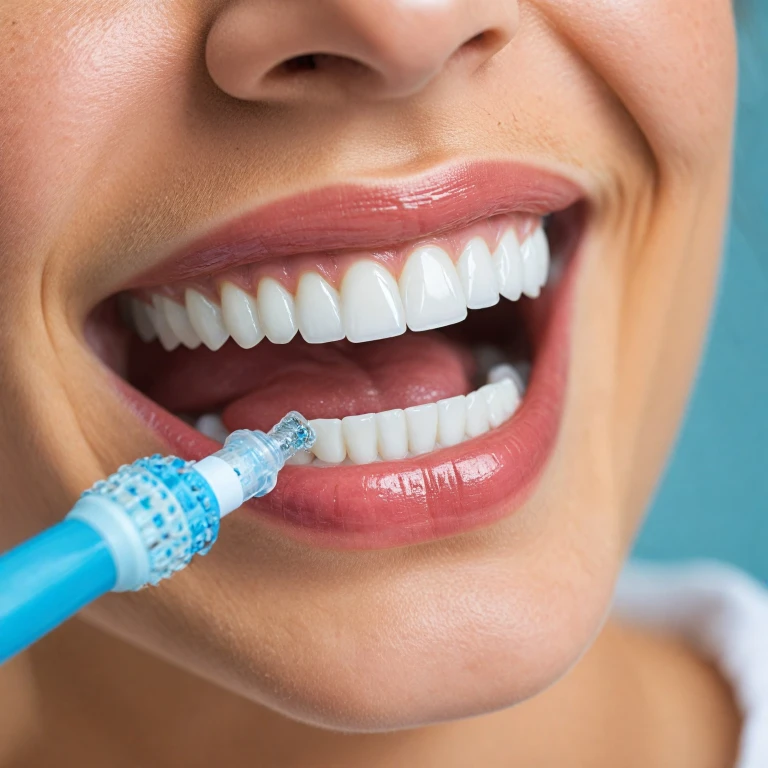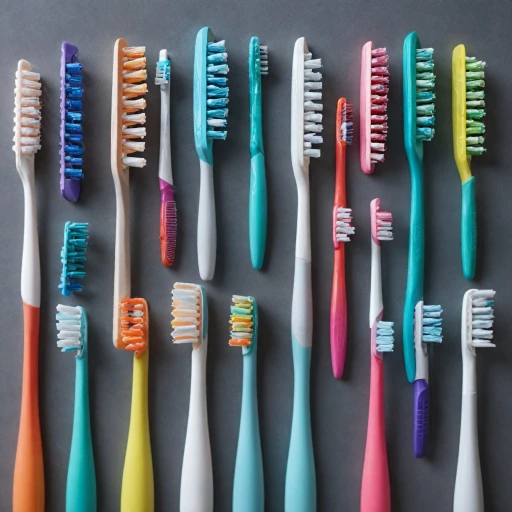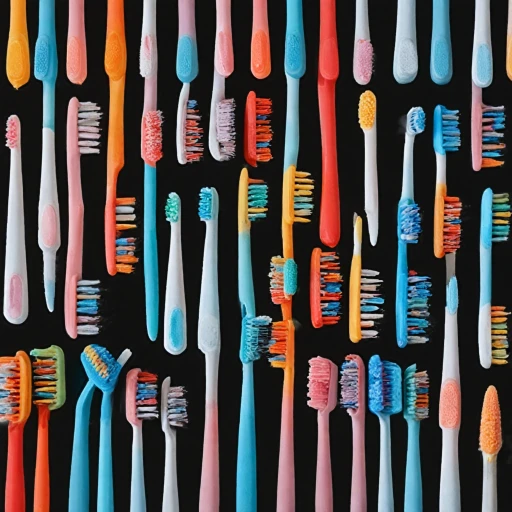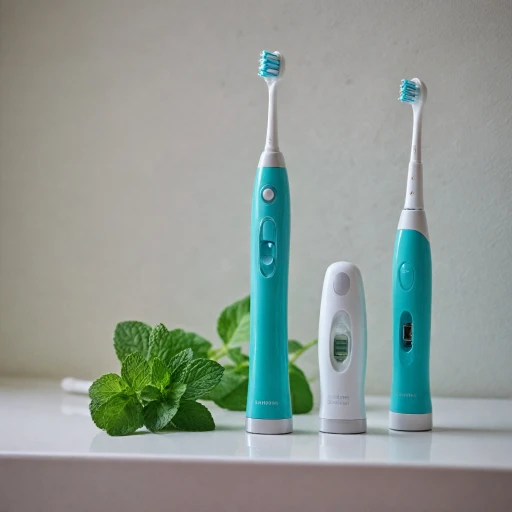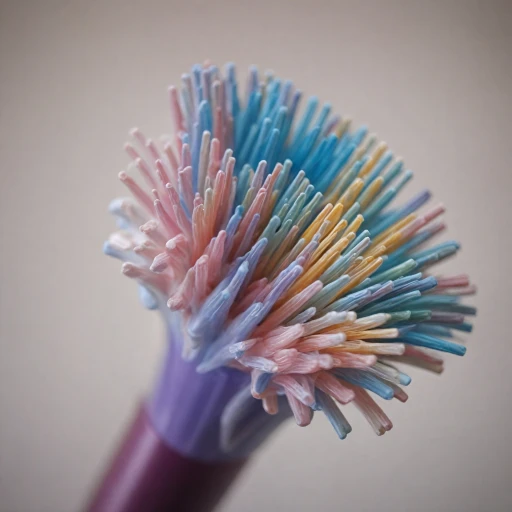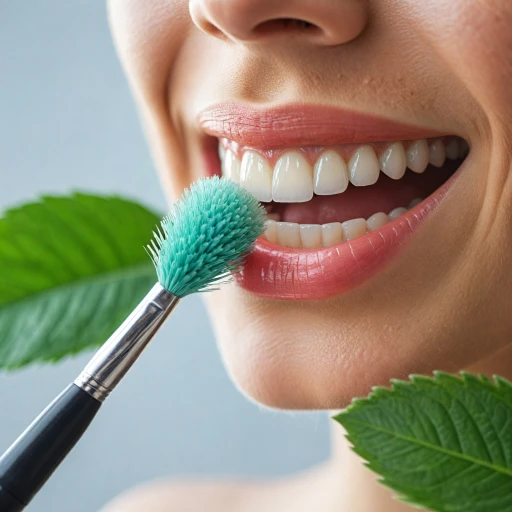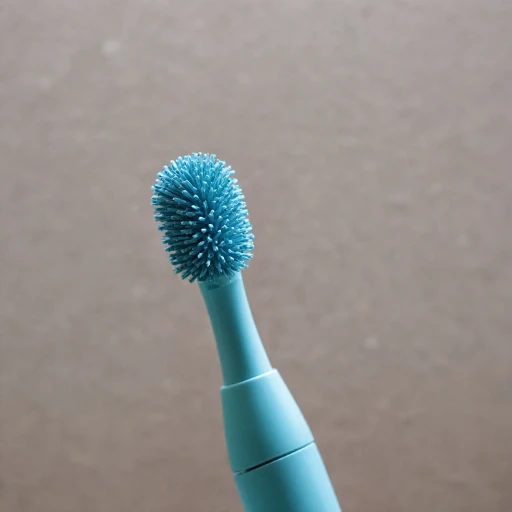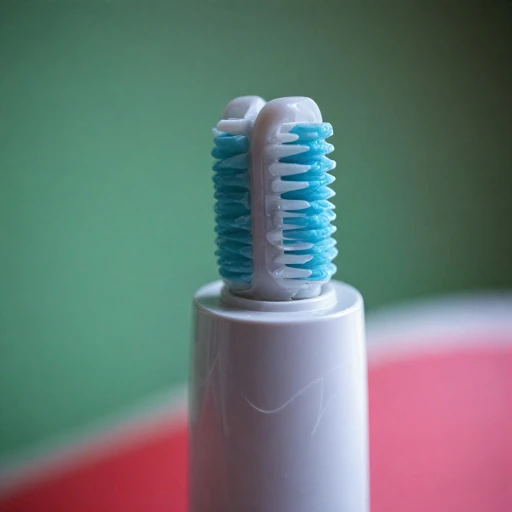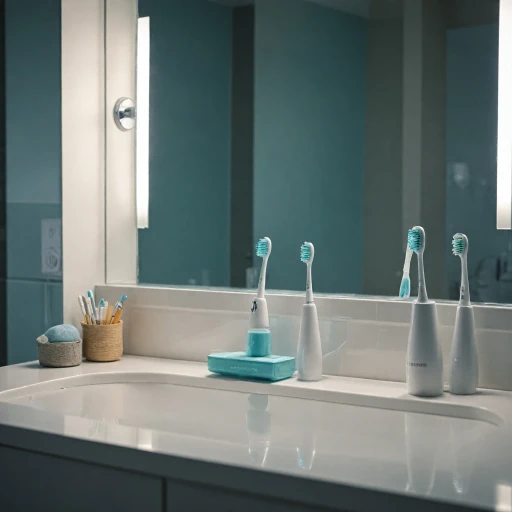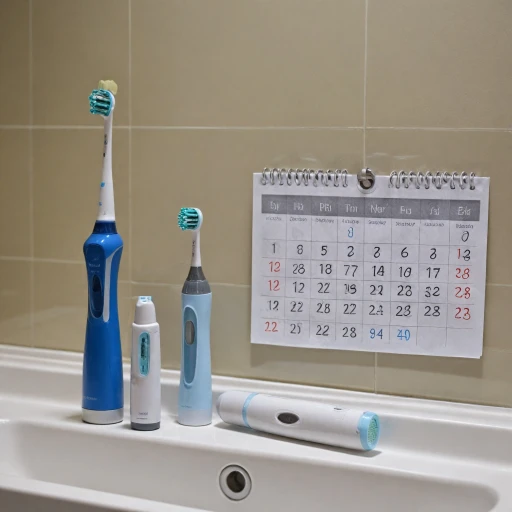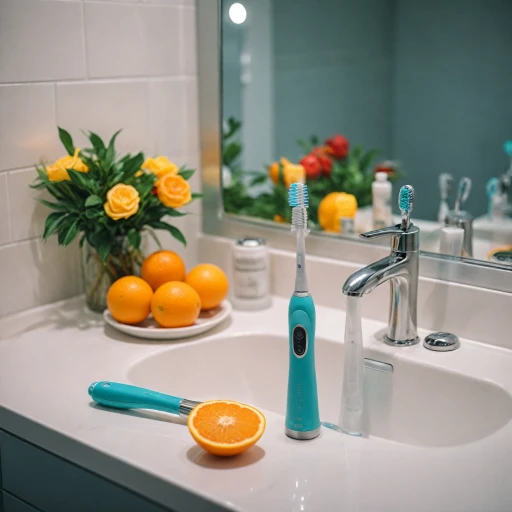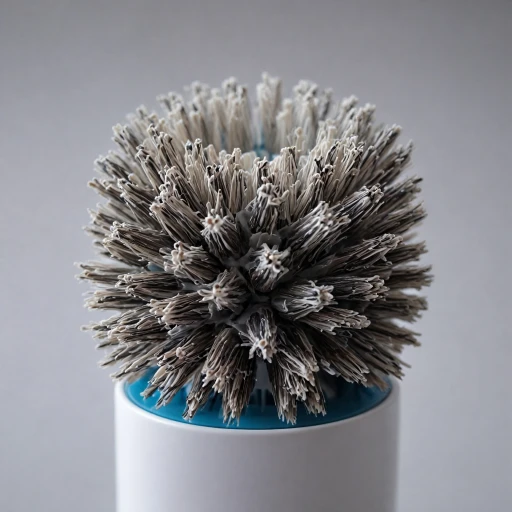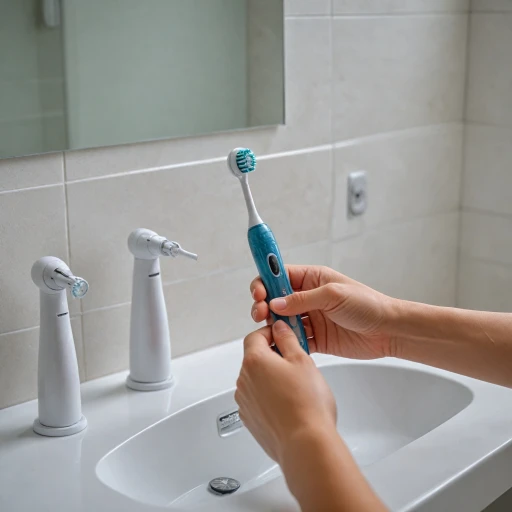
Understanding Braces and Oral Hygiene
Braces: A Journey of Transforming Oral Health
Braces are a common orthodontic treatment, designed to correct teeth and jaw alignment issues. They consist of brackets and wires that apply gradual pressure to shift teeth into the desired position. This transformative journey not only enhances aesthetics but also improves long-term oral health. However, maintaining optimal oral hygiene during treatment requires special attention and care. Individuals wearing braces face unique challenges when it comes to keeping their teeth clean and healthy. The presence of brackets and wires makes it easier for plaque and food particles to accumulate, which can lead to oral health issues if not properly managed. Effective brushing is crucial to prevent such problems. It's important to adopt a tailored oral care routine to ensure all surfaces around the braces are properly cleaned. While manual toothbrushes can be used, electric toothbrushes offer additional benefits. Their ability to provide thorough cleaning by effectively reaching tight spaces makes them a valuable tool for individuals with braces. Discover more about this approach to enhance your oral health.Benefits of Using an Electric Toothbrush with Braces
Advantages of Using Electric Toothbrushes with Orthodontic Appliances
When it comes to maintaining oral hygiene while undergoing orthodontic treatment, electric toothbrushes have proven to be a game-changer for individuals wearing braces. Their ability to thoroughly clean around brackets and wires surpasses that of traditional manual toothbrushes. This can lead to several benefits for those aiming to keep their teeth in top condition during their orthodontic journey. Firstly, electric toothbrushes offer an unmatched level of efficiency in removing plaque and food particles. The oscillating or rotating brush heads are particularly effective in reaching nooks and crannies around the brackets and wires, where plaque buildup is common. The powerful movements of electric brushes help in dislodging debris and preventing the formation of stubborn plaque—a critical factor in maintaining good oral health. Moreover, consistent use of an electric toothbrush can contribute to improved gum health. The gentle vibrations of such brushes stimulate the gums, which is essential for individuals with braces. Maintaining healthy gums aids in achieving quicker and more effective orthodontic results. Additionally, using an electric toothbrush can make brushing less tedious and more motivating for those who might find maintaining oral hygiene cumbersome with braces. The timer feature present in many electric models helps ensure the recommended two-minute brushing duration is met, promoting better plaque removal and teeth cleaning. Finally, individuals seeking a touch of cosmetic enhancement will be pleased to know that electric toothbrushes can aid in teeth whitening. The superior plaque-removal abilities and enhanced reach potentially lead to a brighter smile, even amidst the challenges posed by orthodontic appliances. For those looking to optimize their oral care routines, understanding the benefits of a gum end tuft toothbrush can provide additional insights into maintaining oral hygiene with braces.Potential Concerns and Precautions
Addressing Concerns and Taking Precautions
Using an electric toothbrush while wearing braces is generally safe, but there are certain considerations and precautions to keep in mind for optimal oral health. One primary concern with electric toothbrushes is the risk of damaging the brackets and wires that are integral to your orthodontic treatment. However, by exercising care and following specific guidelines, these risks can be mitigated. Firstly, the intensity and speed of the electric toothbrush should be taken into account. Brushing vigorously or at a high setting can lead to wear and tear on the brackets. It's crucial to use an electric toothbrush that offers variable speed and pressure settings, allowing for gentle cleaning that won't disturb the fixtures. Additionally, selecting a brush head designed specifically for braces can help reach those complex areas around brackets and wires effectively. Plaque accumulation is another area of concern for individuals wearing braces, as the additional fixtures in the mouth create more surfaces for food particles and plaque to cling to, potentially leading to oral health issues. Opting for a brush with a timer and pressure sensor can ensure comprehensive and cautious cleaning. This precise cleaning action helps in maintaining oral hygiene and preventing plaque buildup without damaging orthodontic appliances. When it comes to maintaining the sparkle of your teeth during orthodontic treatment, electric toothbrushes equipped with whitening modes can be highly beneficial. However, caution should be taken to avoid overuse of these settings to prevent enamel wear. For more information on enhancing your oral care routine while wearing braces with the right tools, including the benefits of an end-tufted brush in electric toothbrushes, you can check out this comprehensive guide. Ensuring you follow these precautions allows you to harness the full potential of electric toothbrushes for effective oral hygiene while safeguarding your orthodontic investment.Choosing the Right Electric Toothbrush for Braces
Finding the Best Electric Toothbrush for Braces
Choosing an electric toothbrush that caters to your orthodontic needs can greatly enhance your oral care routine, especially while wearing braces. With numerous options available, it’s important to consider several aspects to ensure effective cleaning and overall oral health.
First, when selecting an electric toothbrush for braces, consider the brush head. Opt for a smaller, round head capable of reaching around brackets and wires, making it easier to target and remove plaque and food particles. Look for soft bristles that are gentle on your gums and prevent irritation. Many electric toothbrushes offer different brush heads; choosing one specifically designed for orthodontic care can make a significant difference.
Another essential feature is the electric toothbrush’s cleaning modes. Some models provide modes tailored for sensitive teeth, which can be beneficial for those who experience discomfort from braces. The whitening and gum care modes can also aid in maintaining oral health by enhancing gum health and reducing staining caused by braces.
When it comes to power, electric toothbrushes often offer varying levels of intensity. High-intensity settings can be effective for deep cleaning but may be too harsh for those with sensitive teeth or gums. Beginners might start with the lower settings and gradually adjust to a level that provides effective cleaning without discomfort.
Finally, look for features such as a pressure sensor that warns you if you’re brushing too hard, which can prevent damage to braces and safeguard against gum recession. Timers can also ensure you brush for the dentist-recommended two minutes, promoting thorough cleaning around braces.
In addition to picking the right toothbrush, it's crucial to consult with your orthodontist for personalized advice and recommendations based on your specific orthodontic treatment. Their expertise will guide you in navigating the nuances of electric toothbrushes concerning braces.
Tips for Effective Brushing with Braces
Mastering the Art of Brushing with Braces
Proper brushing technique is crucial when wearing braces, as food particles can easily become trapped in the brackets and wires. It’s essential to maintain optimal oral hygiene to prevent plaque buildup and ensure the effectiveness of your orthodontic treatment. Here are some practical tips to help you brush effectively while wearing braces:- Use the Right Brush Head: Opt for a smaller electric toothbrush head. This helps to clean around the brackets and wires more precisely, reaching areas that are often neglected with manual toothbrushes.
- Focus on Angles: When using an electric toothbrush, hold it at different angles to better access all surfaces of your teeth and braces. This will help in removing more plaque without missing any spots.
- Mind the Duration: Spend at least two minutes brushing, allowing enough time to thoroughly clean your teeth, braces, and gums. Consider dividing the time equally among different sections of your mouth for comprehensive care.
- Gentle Pressure: Apply gentle pressure while brushing. Electric toothbrushes often require less manual force compared to manual toothbrushes, reducing the risk of damaging the brackets or irritating your gums.
- Pay Extra Attention to Cleaning: Ensuring that the area around your orthodontic appliances is clean is critical. Consider using an orthodontic tip or a brush specifically designed for braces to further enhance cleaning effectiveness.
Expert Opinions and Recommendations
Consulting the Pros: What Experts Say
When it comes to the debate on whether an electric toothbrush is suitable for individuals with braces, the consensus among dental professionals points towards a clear advantage. Experts emphasize the superior cleaning power of an electric toothbrush, highlighting its ability to effectively remove plaque and food particles around brackets and wires. The consistent oscillating and rotating motions of electric toothbrushes can outperform manual toothbrushes in reach and efficacy, ensuring comprehensive oral care.- Enhanced Oral Health: Dental practitioners agree that users benefit from improved brushing techniques with electric toothbrushes, especially when dealing with the complexities of orthodontic treatment. The consistent brushing action is instrumental in reducing plaque buildup and maintaining optimal oral health.
- Potential Concerns Addressed: While electric toothbrushes are recommended, experts caution against using high-speed settings that could potentially damage braces. It's advisable to select a gentle brush head and adjust the intensity settings to prevent any adverse impacts on the brackets and wires.
- Brushing Tips from Specialists: Professionals suggest focusing on angling the brush head to clean effectively around orthodontic appliances. They also recommend brushing for the dentist-prescribed two minutes at least twice daily, highlighting the importance of regular oral care routines to safeguard both teeth and braces.
